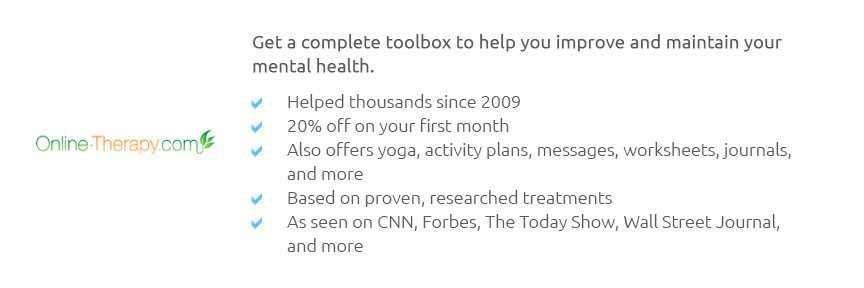 |
 |
 |
|---|
 |
 |
|---|
 |
|
|---|---|
 |
 |
 |
 |
 |
 |
 |
 |
 |
 |
 |
 |
 |
 |
 |
 |
|---|
Exploring Blue Ridge Therapy: A Comprehensive OverviewBlue Ridge Therapy, a term that may not yet be familiar to everyone, represents a unique blend of therapeutic practices inspired by the serene landscapes of the Blue Ridge Mountains. This innovative approach to healing focuses on harnessing the natural environment's calming influence to enhance mental and physical well-being. At its core, Blue Ridge Therapy emphasizes the importance of connecting with nature, a concept that has gained significant traction in recent years as more people seek alternative methods to address mental health issues. The practice encourages individuals to immerse themselves in the tranquility of the outdoors, thereby fostering a sense of peace and reducing stress levels. Research has shown that spending time in nature can lead to numerous health benefits, including improved mood, reduced anxiety, and enhanced cognitive function. One of the critical components of Blue Ridge Therapy is mindfulness, a practice that involves being fully present and engaged in the current moment. Practitioners of Blue Ridge Therapy often incorporate mindfulness exercises during their outdoor sessions, helping individuals to focus on their surroundings and appreciate the beauty of the natural world. This heightened awareness can lead to a deeper sense of relaxation and a greater ability to cope with everyday challenges. Furthermore, Blue Ridge Therapy often includes elements of physical activity, such as hiking, yoga, or tai chi, which are performed amidst the stunning backdrop of the mountains. These activities not only contribute to physical fitness but also promote mental clarity and emotional resilience. By engaging in regular physical activity in a natural setting, individuals can experience a holistic approach to well-being that addresses both the body and mind.
In conclusion, Blue Ridge Therapy offers a refreshing perspective on healing that taps into the power of nature and mindfulness. As society becomes increasingly aware of the importance of mental health, practices like Blue Ridge Therapy provide a viable option for those seeking a more holistic approach to well-being. By considering individual needs, accessibility, and professional guidance, individuals can harness the benefits of this innovative therapy and embark on a path towards improved health and harmony. https://www.unchealthblueridge.org/locations/profile/blue-ridge-therapy-morganton/
Blue Ridge Therapy - Morganton offering Physical Therapy, Occupational Therapy and Speech Therapy. Location & Hours. Contact Information. https://blueridgewilderness.com/
North Carolina and Georgia Wilderness Therapy Programs for troubled teens and young adults. Wilderness boot camp alternatives focused on sustainable, ... https://www.blueridgetherapy.com/
WELCOME TO BLUE RIDGE THERAPY ASSOCIATES. We are a locally operated, comprehensive outpatient rehabilitative facility. We employ licensed Speech-Language ...
|
|---|